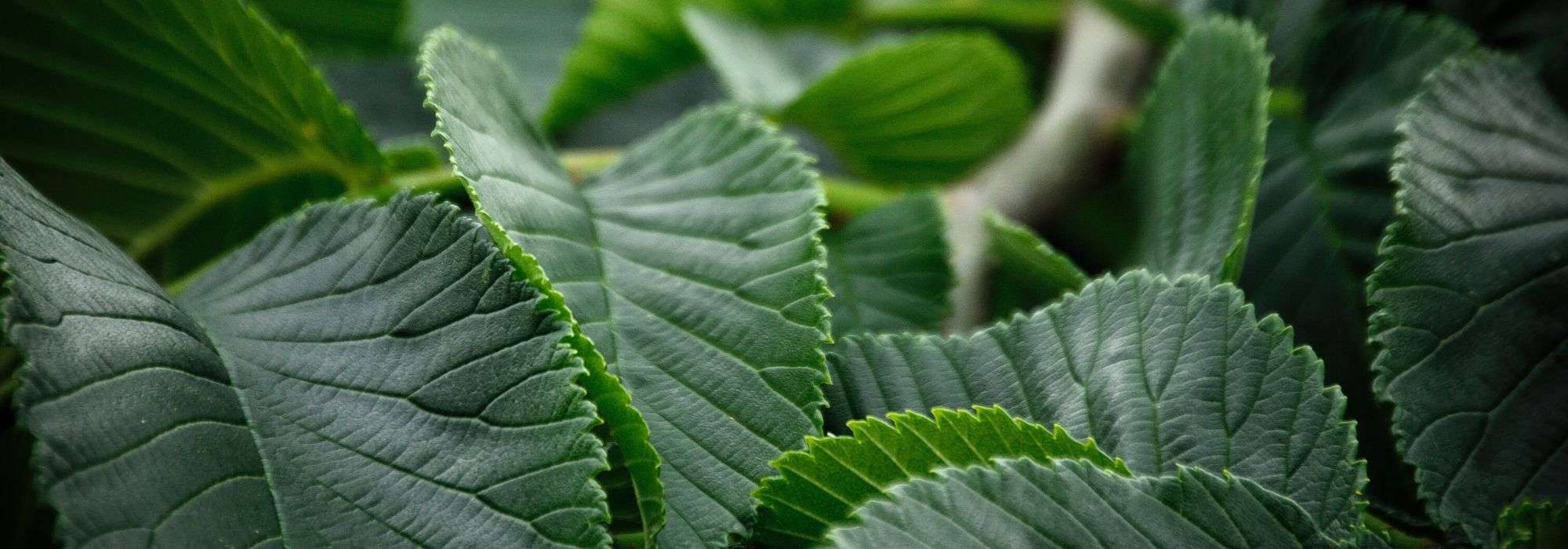
Elm, Ulmus: planting, pruning and care
Contents
Elm, in a nutshell
- Elms offered in nurseries are very ornamental trees, fairly compact, suited to modest gardens, and easy to grow.
- Trees or bushes, they are recognised by their medium-sized asymmetrical, doubly dentate leaves which declinate into warm autumn colours and by their fine, sinuate twigs.
- Field elm supplied wood for timber comparable to oak. Once widespread, it has almost disappeared from countryside and towns, decimated by Dutch elm disease.
A word from our expert
Elm, called Ulmus in Latin, nearly disappeared from our landscape because of devastation caused by Dutch elm disease. Recovery is gradual, favouring planting of resistant hybrid varieties or establishment of smaller specimens, less susceptible to vectors of the disease. Ulmus hollandica ‘Jacqueline Hillier’ is an example of a very ornamental small elm thanks to its twisted habit and autumn colours, and is easy to grow.
Elms are trees or deciduous bushes that have an attractive silhouette and interesting branch structure. The flat shoots bear two rows of relatively small leaves, finely dentate, twisted and golden in Ulmus x hollandica Wredei, and dark green turning to orange-yellow in Ulmus x hollandica ‘Jacqueline Hillier’. Ulmus minor var. suberosa is moreover a rare and singular form of the field elm, treasure of our native flora, distinguished by very slow growth and compact habit reaching up to 7 m high by 3 m wide. The bark of these shoots becomes bristly over time with curious corky ridges of grey-brown colour, particularly visible after leaf fall when they display splendid autumn colours before dropping.
Perfectly suited to our climates, elms tolerate a wide range of neutral to alkaline soils, including heavy, calcareous and dry types, and are suitable for gardens of any size, much loved by bonsai enthusiasts.
Description and botany
Botanical data
- Latin name Ulmus
- Family Ulmaceae
- Common name Elm
- Flowering March
- Height between 2.50 and 30 m
- Exposure sun
- Soil type any well-drained to moist soil, even calcareous
- Hardiness Excellent (-25 °C)
Genus Ulmus comprises 20 to 40 species depending on classification, made up of deciduous trees or bushes, very hardy, all native to temperate Northern Hemisphere: Europe, China, Japan and North America. Elms belong to family Ulmaceae like Zelkova and formerly hackberry (Celtis). In France, elm was widely planted along roads and avenues from the 16th century, much like plane today, but repeatedly suffered from devastating disease, Dutch elm disease (elm phloem wilt).
Elm forms a handsome solitary tree with a broad dome-shaped crown supported by large branches but also an imposing forest tree capable of reaching 30 to 40 m. It was prized for its timber before Dutch elm disease decimated it and was much used for crafting artillery pieces during the Hundred Years’ War. An elm can live for more than 500 years. In Europe, three elm species once grew side by side: Ulmus glabra (wych elm), Ulmus procera (English elm) and Ulmus minor (field elm), bearing in mind that scientific and vernacular names have often been confused.
Elm bark is grey-brown, becomes channelled and splits vertically or obliquely with age. Species such as Ulmus procera sometimes show corky ridges on shoots, a feature particularly notable in Ulmus minor var. suberosa. Elms have the peculiarity that the terminal shoot often aborts, replaced by a lateral bud to continue branch extension, hence sinuous twigs.
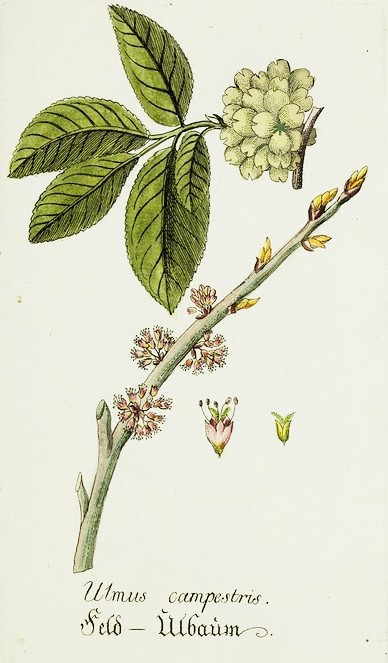
Ulmus glabra – botanical illustration
Thin lateral twigs show a herringbone branching that gives a very graphic appearance. Buds are scaly, ovoid and asymmetrical.
Elms are generally deciduous but Asian species are semi-evergreen. Leaves simple, ovate with an acute tip, are alternate and arranged in two ranks along the twig. Lamina thick, doubly serrate and marked with parallel veins (sometimes branched) shows asymmetry at the base, which distinguishes elm from hornbeam or beech without doubt. Leaves are rough or pubescent with a short petiole bearing stipules (tiny leaves) that fall quickly. Lamina is three-pointed and petiole almost absent in Ulmus glabra; its shoots carry coarse hairs and the tree produces no suckers, unlike Ulmus minor and Ulmus procera. The latter is distinguished by pubescent twigs sometimes bearing corky ridges.
Irregular flowering appears before leaf flush as clusters of apetalous purplish-green flowers on one- or two-year-old twigs. Flowers are mainly wind-pollinated, though some species such as Ulmus procera are completely sterile.
Flowers are followed by bicoloured winged fruits, samaras, pale red at centre and lime-green at margin that turn brown at maturity. They consist of a seed surrounded by a membranous wing 1–2 cm in diameter with a variable notch at the top depending on species. They are dispersed by wind or water in spring before leaves appear.
Elm wood is heavy, resilient, hard and flexible, with fine grain and an attractive pale to light-brown (white elm) or red (red elm) hue. The rot-resistant, frost-hardy red wood of English elm (U. procera) was used in construction, for making watertight ducts, for crafting bows or as firewood. Elm was also known for medicinal properties, such as bark decoction used to treat burns and other ailments.
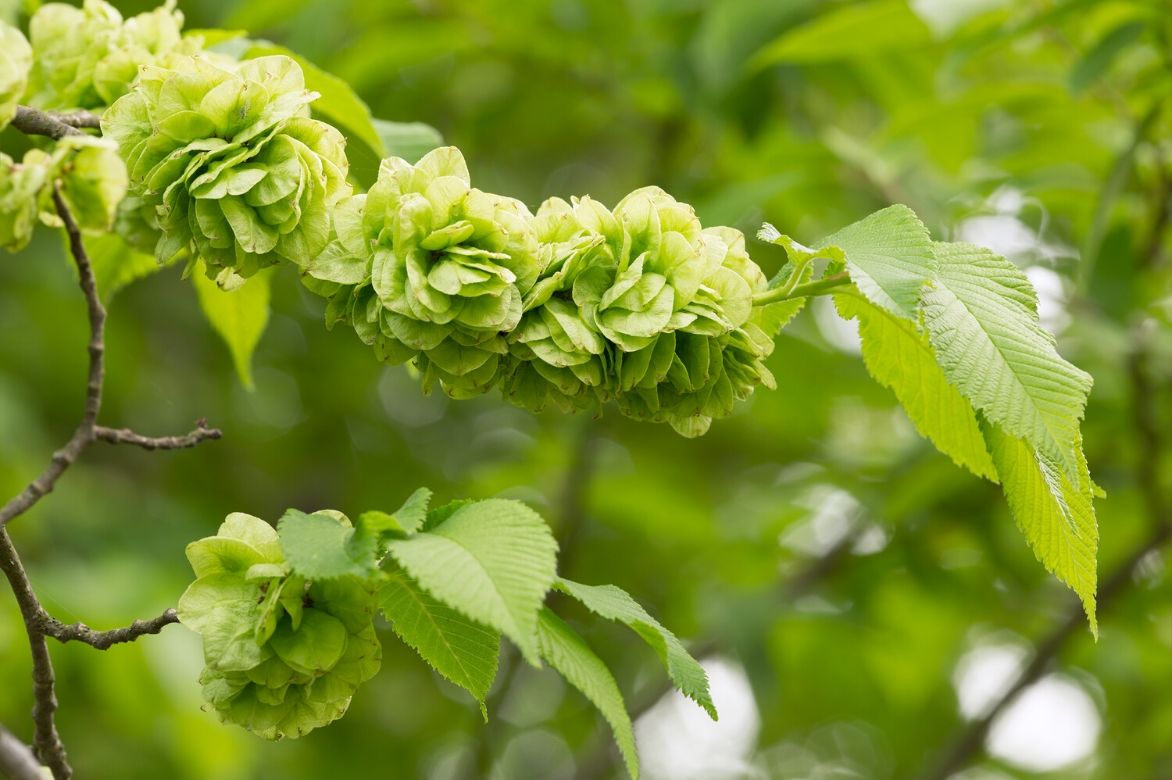
Leaves and winged fruits of elm
Read also
Oaks: planting, pruning and careMain varieties of elms
Dwarf varieties
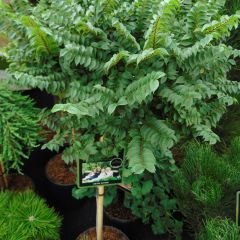
Ulmus hollandica Jacqueline Hillier - Elm
- Flowering time May
- Height at maturity 2,50 m
Slow-growth varieties
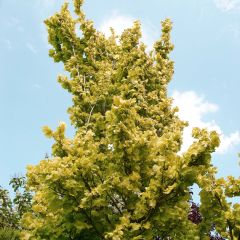
Ulmus x hollandica Wredei - Elm
- Flowering time April, May
- Height at maturity 9 m
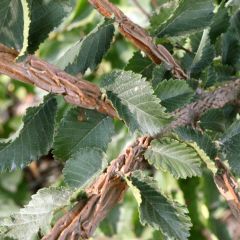
Ulmus minor suberosa
- Flowering time April, May
- Height at maturity 7 m
Discover other Ulmus - Elm
View all →Available in 1 sizes
Available in 1 sizes
Available in 2 sizes
Available in 1 sizes
Available in 2 sizes
Available in 1 sizes
Available in 1 sizes
Available in 1 sizes
Available in 1 sizes
Available in 1 sizes
Elm planting
Where to plant?
Elm grows in any drained soil, even dry and calcareous for species minor (small elm, field elm) although it prefers fresh, humus-bearing, rich and deep soil. Choose a very sunny spot except for varieties with golden foliage.
When to plant?
Plant elm preferably in autumn, especially if it is in bare roots. A plant in a pot can be planted all year round except during frosts and provided it receives good watering in summer.
How to plant?
This plant is very easy to grow. Opt for a small specimen which will be able to establish deeply.
- Sink the pot in a bucket of water to thoroughly moisten it, or praline the roots with mud if the specimen is in bare roots.
- Dig a wide hole at least three times wider than the rootball.
- Add a few handfuls of sand and gravel to ensure good drainage around the roots.
- Add a dose of horn meal if the soil is sandy.
- Position the plant in the planting hole.
- Insert a stake without damaging the rootball.
- Replace the soil and firm lightly.
- Tie the trunk to its stake.
- Water and mulch.
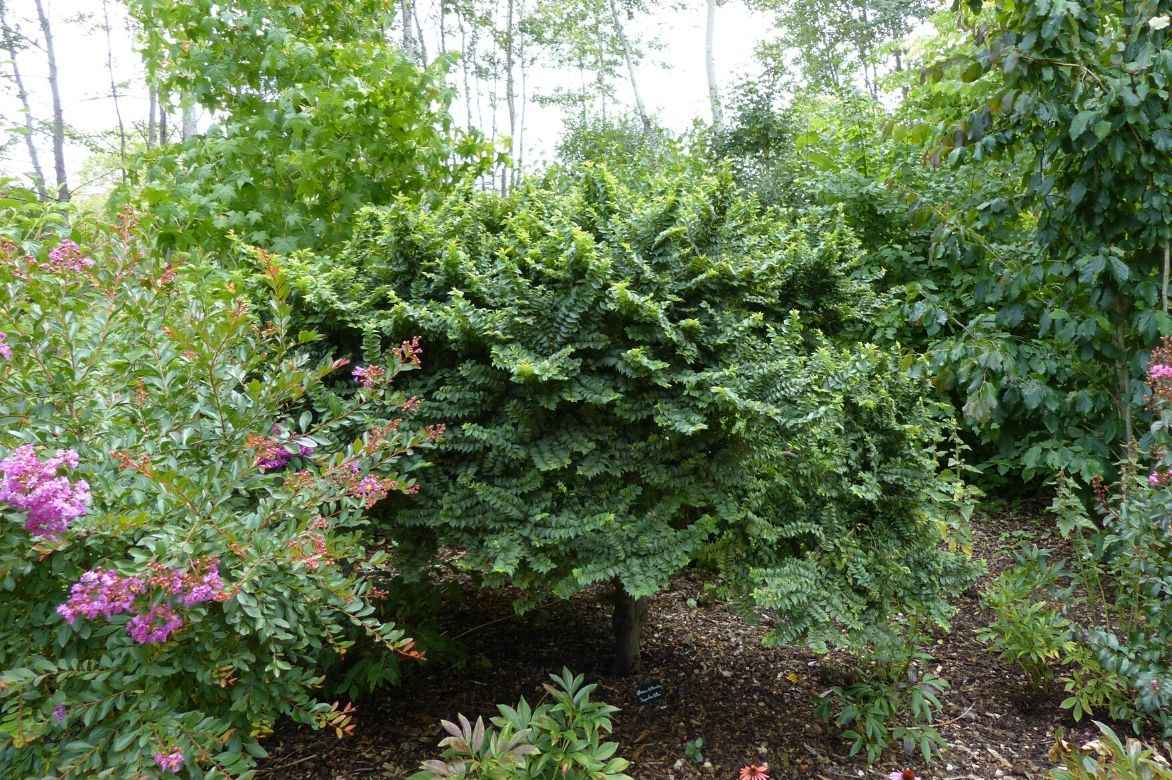
Elm ‘Jacqueline Hillier’ in shrub border
Elm care and pruning
- Keep soil cool by mulching and water deeply during summer.
- Add compost at the edge of the crown in autumn.
- Carry out a standard formative pruning by gradually raising the lower branches. Remove any suckers.
Aside from the devastating disease of Dutch elm disease which affects fairly large specimens, elm has few enemies. Watch for aphids, which sometimes cause rather spectacular reddish, swollen galls, and mites of the genus Eriophyes or Tetraneura that create harmless pustules on leaves.
Dutch elm disease, or Dutch disease, caused devastation to elm populations in the Netherlands around 1917. The epidemic spread to North America in the 1940s and then to western Europe in the 1970s via the United States. It is a fungus that blocks the vessels conducting crude sap, Ophiostoma ulmi, and is responsible for yellowing followed by rapid dieback of the top of the tree. This fungus is carried by small beetles, the bark beetles, which bore galleries under the bark to lay their eggs. It appears that the future of elms is again secure thanks also to maintaining some genetic diversity within local populations and to various cross-breeding efforts with resistant species such as Ulmus parviflora.
Elm propagation
Elm propagation is very delicate because on one hand seed germination is poor, and on the other hand grafting of cultivars remains specialist work. Separating shoots from stump or removing suckers can be considered where species produces suckers, as with Ulmus minor, or propagation by cuttings in mid-summer.
Sowing
- Do not delay sowing after seed harvest, as seeds germinate quickly. Protect with fine mesh if sown outdoors
- Place pot in partial shade while seeds germinate, then in sun during following year.
Propagation by cuttings
- Take tips of semi-ripe shoots about 15 cm long.
- Remove leaves near base of cutting.
- Insert these to two-thirds of their length, ensuring they do not touch.
- Firm gently around to remove air pockets and ensure good contact between potting compost and cutting.
- Place them in shade under cover, for example by placing a cut clear plastic bottle over them.
- In autumn, separate rooted cuttings and pot them, keep under cold frame until spring.
- Then grow young plants outdoors until final planting.
Uses and associations
These small elms with remarkable silhouettes or exceptional foliage, such as ‘Wredei’ deserve a prime place in the garden. Bear in mind they need a sheltered position, protected from full sun for golden cultivars and from wind. You can place them alone in a small garden, or at the centre of a bed of low or creeping bushes such as Cotoneaster horizontalis, Euonymus, creeping junipers. L‘Elm can also be grown in a rockery or in a container to produce handsome sinuate bonsai such as Chinese elm (Ulmus parvifolia), surrounded by Pieris, grasses or box.

An example of a combination: Ulmus hollandica ‘Jacqueline Hillier’, Pieris japonica ‘Forest Flame’, Cryptomeria japonica ‘Vilmoriana’ (or ‘Compressa’) and Hakonechloa macra ‘Naomi’
Larger specimens such as hollandica ‘Wredei’ can also be placed in the background, in a gently sunny part of garden.
Enhance the remarkable character of a small tree by forming a stand of three specimens to mark an avenue or entrance of a larger garden.
Create a contemporary feel by pairing the golden form of elm ‘Jacqueline Hillier’ with the purple of a purple hazel, a hornbeam ‘Purpurea’ or a smoke tree.
Rely on flamboyant autumn colours within a more informal, rustic setting by pairing it with small maples, deciduous viburnums, Orange Retz hornbeam and Parrotia persica.
Further reading
- Discover our range of elms.
- Discover the Zelkova – Japanese elm: planting and care
- Subscribe!
- Contents
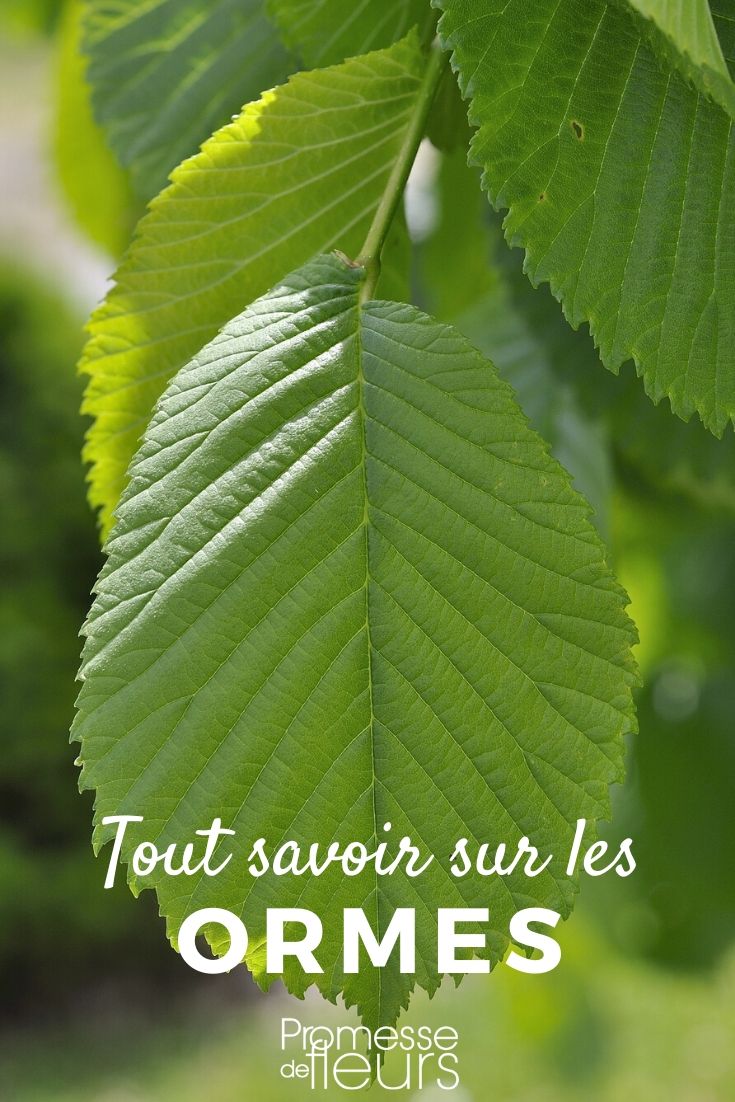
































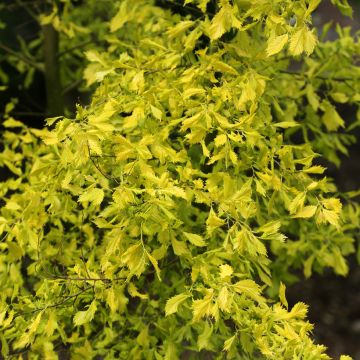

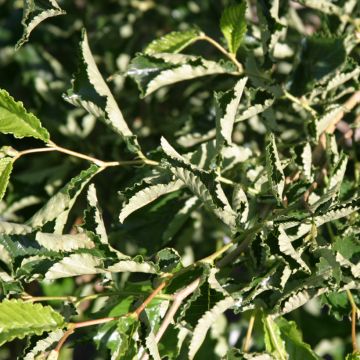

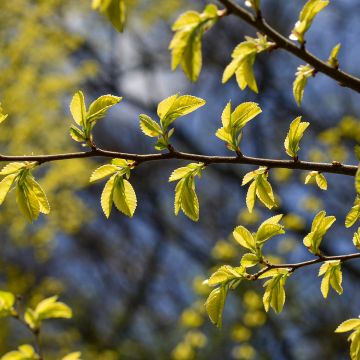
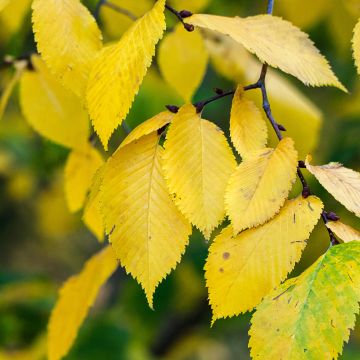
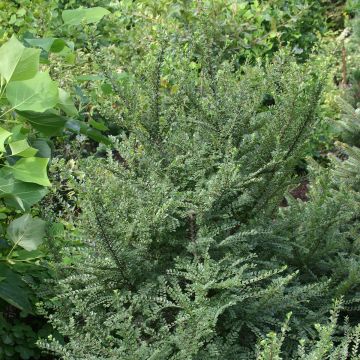
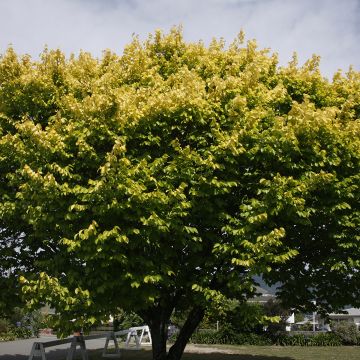
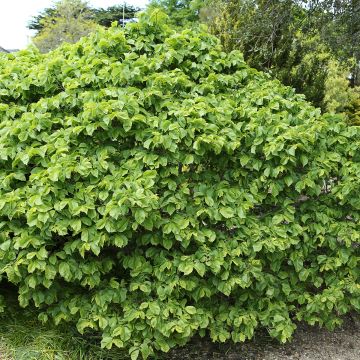
Comments